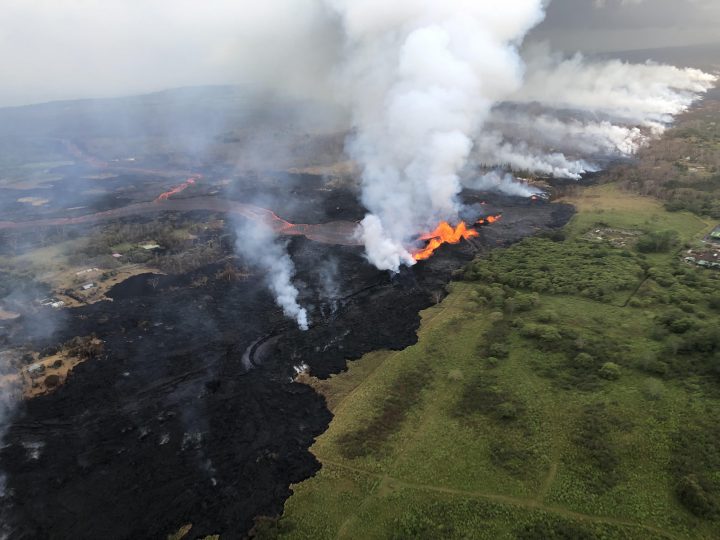Located in Oceana, Hawaii is the 50th and most recent state of the United States. It has eight main islands and around 129 smaller islands, collectively known as the ‘Hawaiian Islands’. These islands are situated on top of a geothermal hot spot that feeds the Puna Geothermal Venture power plant.
Geothermal plants built on top of hot spots are capable of generating large amounts of clean and renewable electricity. Only a select few locations in the world are privileged enough to have geothermal resources like those of Hawaii. But is geothermal power the right choice for the US state?
About The Puna Geothermal Venture
The Puna Geothermal Venture (PGV) is the only power plant of its kind in Hawaii. It was closed for safety reasons in 2018 after the eruption of a nearby volcano. At the time of writing, PGV is still closed but its parent company Ormat hopes to start production again in the near future.
When operational, the power plant can provide 38 MW of electricity. This equates to roughly a quarter of Hawaii’s total power requirements. PGV even has permits allowing it to increase production to 60 MW in the future.
More information on PGV is available from the Hawaiian Electric and Ormat Technologies websites.
Concerns Surrounding The 2018 Kilauea Eruption
The 2018 eruption of Kilauea, Hawaii’s most active volcano, shut down the Puna Geothermal Venture. The eruption caused concern amongst locals who wondered if the power plant had something to do with it.

The USGS Hawaiian Volcano Observatory helped to reassure locals that PGV likely had no influence on the eruption. In 2019, Ormat started proceedings to reopen it.
Whilst the operation of a geothermal plant can cause seismic activity, there is no evidence to suggest this is strong enough to cause earthquakes.
Other Environmental Concerns of Geothermal Power In Hawaii
Hawaii has a rich and diverse ecosystem spanning all 137 islands. Besides helping to support wildlife, this is a primary attraction for both locals and tourists. With Hawaii’s tourism industry key to its economy, it is vital that this ecosystem is protected.
Geothermal power brings with it a range of environmental impacts. These need to be carefully managed in order to avoid disastrous effects on the surrounding environment. Environmental concerns applicable to Hawaii’s PGV power plant include the following.
Water Quality & Consumption
Geothermal plants can bring water rich in sulfur and other minerals up to the surface. Whilst there is no suggestion that PGV has caused water quality issues, it is still a concern for local residents.
Chemical Spills
Geothermal power plants make use of chemicals at various stages of the production cycle. Such chemicals pose a danger to the environment and our health.
In 2016, the United States Environmental Protection Agency (EPA) ruled that PGV violated chemical safety rules. PGV’s operating company has since worked to minimize the risk of accidental chemical risk. As a result, the company has since complied with the rules.
Land Use
Geothermal power plants take up a considerable amount of land. In some locations, this can cause disruption to its ecosystem. This can affect plants, wildlife, and human activity.
Although land use is an issue, geothermal power plants still have a relatively small footprint. This is in contrast to other renewable energy technologies such as solar farms and wind farms. Clean Energy Ideas actually consider this smaller footprint to be one of the pros of geothermal energy.
Conclusion
Hawaii geothermal plants aren’t for everybody. They do come with a range of drawbacks, including the fact they are only effective in some parts of the world. This been said, they can offer a source of relatively cheap, clean, and renewable electricity.
With Hawaii perfectly situated to tap into geothermal resources, why wouldn’t the state consider it? Geothermal power has been in an operational or testing phase in Hawaii since the 1980s. The state has done well in regulating the industry and limiting overexpansion.
What’s the alternative? Since the closure of PGV in 2018, Hawaii has had to revert to the burning of fossil fuels. This releases carbon and other pollutants into the atmosphere, affecting our health and contributing to global warming. This is arguably far worse for the environment than geothermal power.